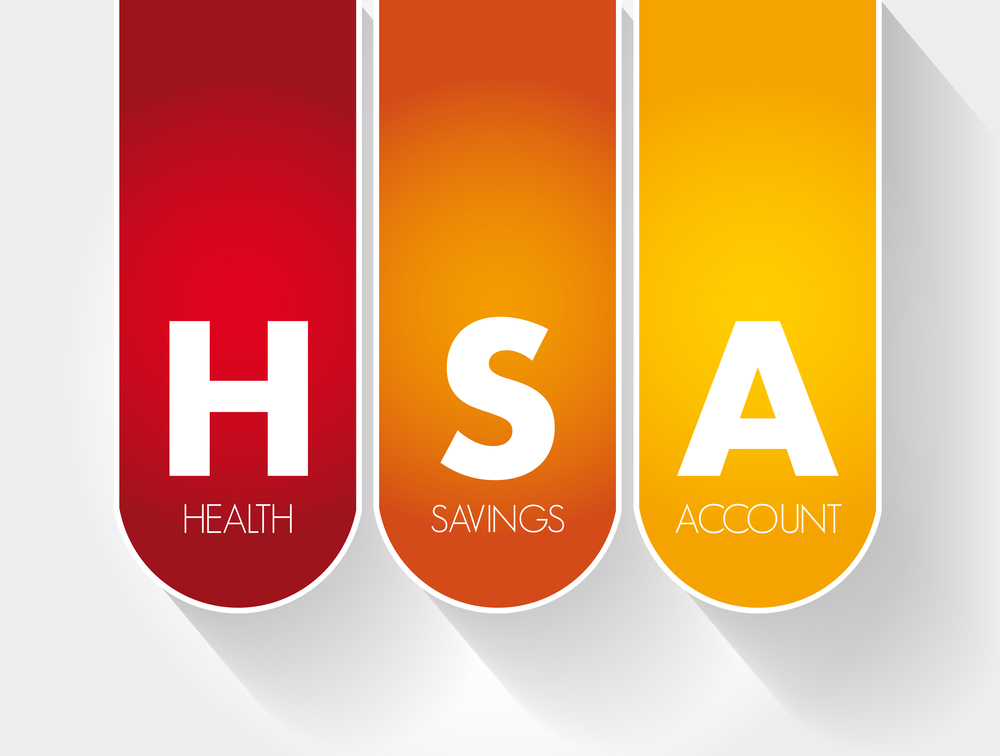

On April 29, 2022, the IRS released Revenue Procedure 2022-24 to provide the inflation-adjusted limits for health savings accounts (HSAs) and high deductible health plans (HDHPs) for 2023.
These limits include:
These limits vary based on whether an individual has self-only or family coverage under an HDHP.
Eligible individuals with self-only HDHP coverage will be able to contribute $3,850 to their HSAs for 2023, up from $3,650 for 2022. Eligible individuals with family HDHP coverage will be able to contribute $7,750 to their HSAs for 2023, up from $7,300 for 2022. Individuals age 55 or older may make an additional $1,000 “catch-up” contribution to their HSAs.
The minimum deductible amount for HDHPs increases to $1,500 for self-only coverage and $3,000 for family coverage for 2023 (up from $1,400 for self-only coverage and $2,800 for family coverage for 2022). The HDHP maximum out-of-pocket expense limit increases to $7,500 for self-only coverage and $15,000 for family coverage for 2023 (up from $7,050 for self-only coverage and $14,100 for family coverage for 2022).

Recommended Action Steps to Prepare
Employers that sponsor HDHPs should review their plan’s cost-sharing limits (minimum deductibles and maximum out-of-pocket expense limit) when preparing for the plan year beginning in 2023. Also, employers that allow employees to make pre-tax HSA contributions should update their plan communications for the increased contribution limits.
It’s important to review your plan details and make sure you’re still able to participate in an HSA. Eligibly one year doesn’t automatically guarantee the same thing for the following year.